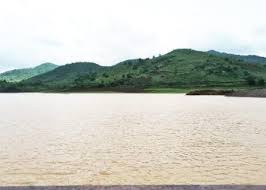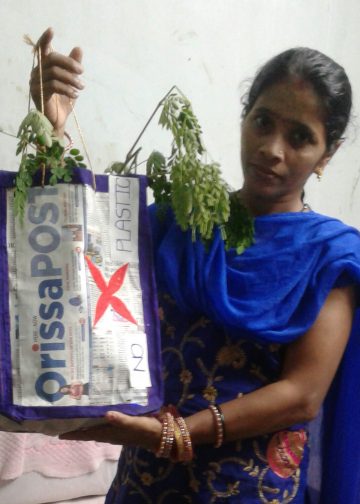Tentulikhunti: Close on the heels of discovery of two species of Mahseer fish in Indravati river of Nabarangpur district, researchers have emphasised their conservation and artificial breeding. According to sources, Mahseer fish (Tor tor and Tor putitora) species belong to Cyprinidae family, characterised by their large size and elongated bodies, often referred to as the ‘king of Indian rivers’. Mahseer is considered one of the world’s top 20 large freshwater fish species whose natural habitats include fast-flowing hilly rivers, and cold, clear mountain streams. Indravati reservoir spans 110 km, suggesting immense potential for fish research and aquaculture development due to the discovery of these new species.
Also Read: 24 ATVs allotted to 5 Similipal forest divisions
Utilising this resource could benefit local communities, support scientific research, and enhance fish production, contributing to regional economic growth. According to sources, the discovery was led by researchers Alok Kumar Nayak and Anirban Mahata under the guidance of Professor Sarat Kumar Palita, Dean of Biodiversity and Conservation of Natural Resources (SBCNR) at Central University, Koraput. Narayan Patra, a local intellectual, suggested naming the fish after Indravati region to highlight its origin. Professor Palita emphasised that genetic analysis of Mahseer species is nearing completion, necessitating immediate steps for their conservation and artificial breeding. The discovery of ‘Tor putitora’ is not only significant for southern Odisha but also establishes a new record for the Godavari river basin in India.
Currently, nine Mahseer species are found in India, with four species (Tor tor, Tor Mahnadi cus, Tor putitora, and Tor khudree Mahaseer) recorded in Odisha. These species, which thrive in fast-flowing mountain rivers, are now struggling to survive in the stagnant waters caused by dams. To prevent their extinction, stakeholders are calling for the establishment of artificial breeding centres, which would significantly boost fish production and elevate the status of southern Odisha in fisheries research and aquaculture.






































